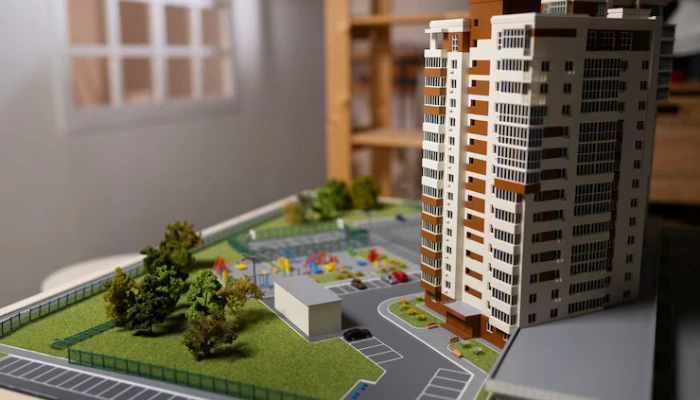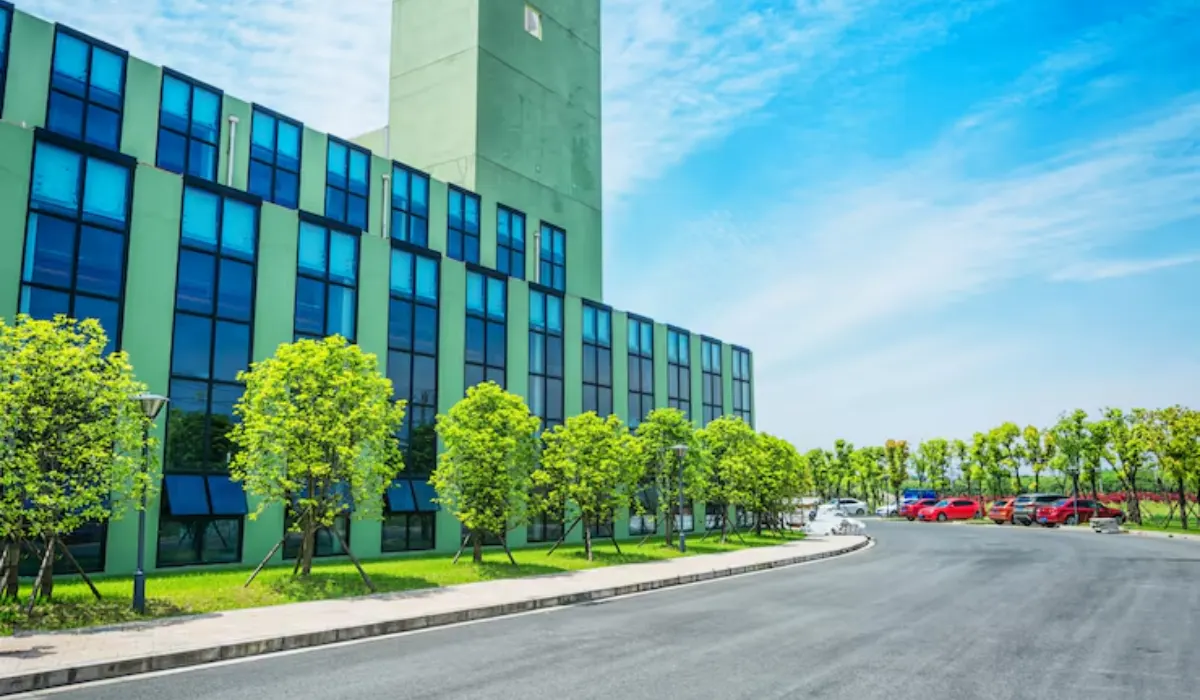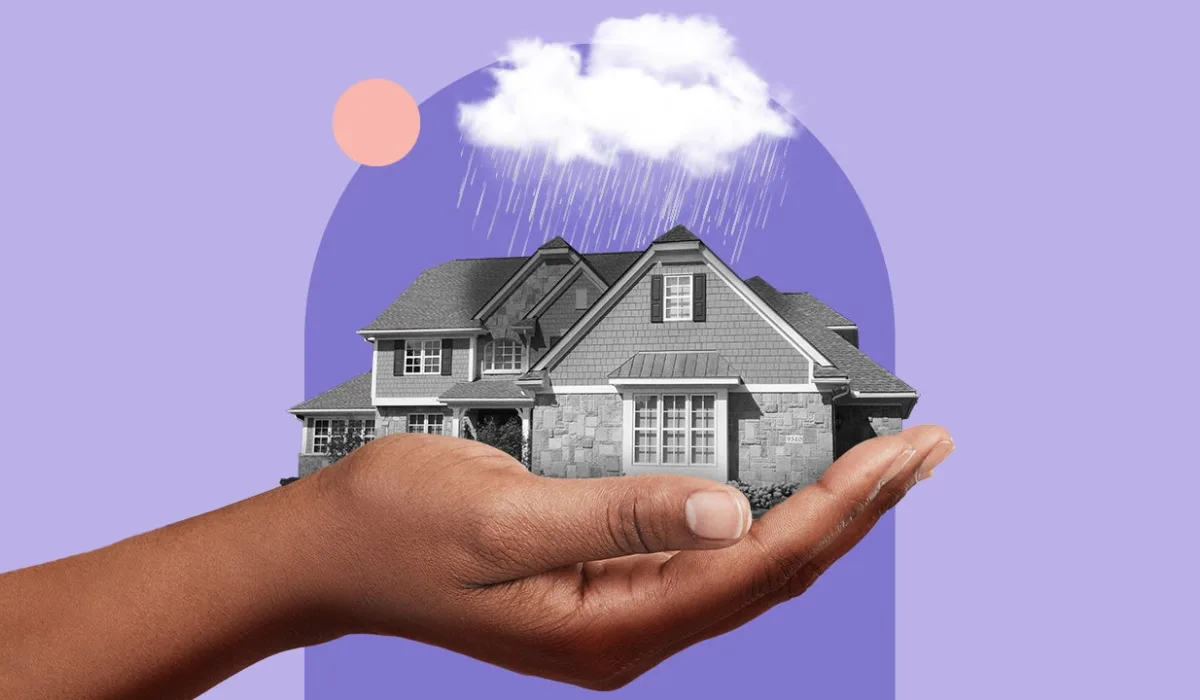In this climate of on-going health uncertainty, the winners in the leasing world are high-quality buildings that can meet changing infrastructure needs. The losers: older, lower quality properties that can’t adapt. That’s the conclusion of CoStar Group.
Based on gross leasing data collected from the beginning of the year through mid-May, CoStar found reduced demand for space amid a general mood of cautiousness among tenants. Leasing activity in the first two months of the year started off strong, surpassing monthly average levels of 2016 through 2019. However, leasing volume began to drop in March, as lockdowns took hold. Then, it plunged in April and May, down more than 50% from monthly average totals in 2016 through 2019.
Here are the details, per CoStar:
- The share of high-quality properties grew at the expense of lower-end ones. The highest-quality four- and five-star space garnered a 49% share of gross leasing activity in the January 1 to May 15 period in 2020, up 3 percentage points from its average share in the same period in 2016 through 2019.
- Since the end of 2010, demand for four- and five-star space has grown four times as fast as three-star spaces and 19 times the rate of one- and two-star property.
- Older, lower-quality space is more at risk in the current environment, given the upgrade cost to meet health and safety standards that tenants now expect. Already, older space had higher vacancy rates and weaker rent growth.
So what’s the prognosis? CoStar says that in the near term, the weak economic environment will likely persist, resulting in weakened office demand overall. That said, with the continuing health crisis, the preference for high-quality space will only accelerate in the near term in the post stay-at-home era.
Owners who can make changes to ensure a safe, healthy work environment will more likely retain tenants and be in a position to grow when leasing demand returns to normal, CoStar determined. Older office stock, however, risks falling into obsolescence in the post work-from-home environment if it cannot compete with the newer buildings to make tenants and employees feel safe.















